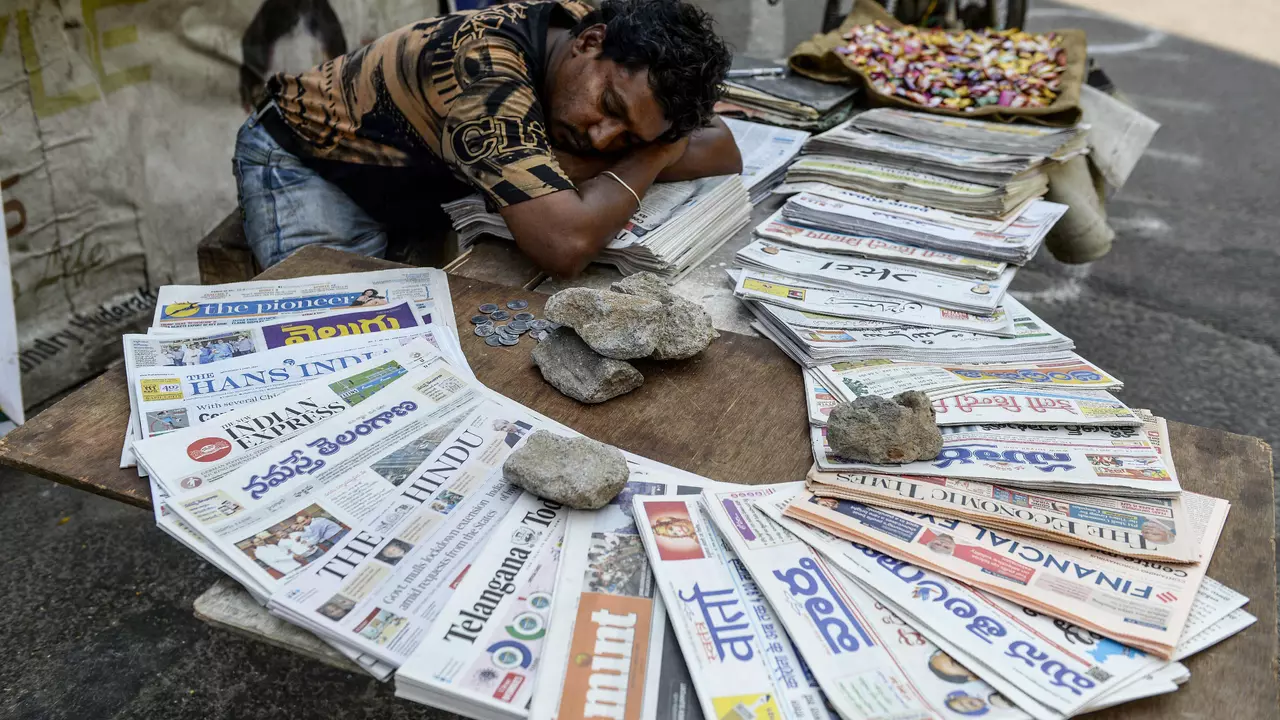Journalism Issues: What’s Happening in Indian Media Today?
If you scroll through any news feed, you’ll notice a mix of headlines that make you question what’s real and what’s hype. From debates over the authenticity of legacy papers to the battle for viewership among TV channels, India’s media landscape is full of hot topics. This guide breaks down the most talked‑about issues, gives you practical insight, and helps you decide what to trust.
Is The Times of India Still Credible?
One of the biggest questions on people’s minds is whether The Times of India (TOI) remains an authentic source. Critics point to occasional sensational stories, while supporters argue that TOI’s long history and wide reach keep it reliable. The reality sits somewhere in the middle: TOI publishes a mix of hard news, opinion pieces, and lifestyle content. To gauge credibility, check if a story cites official data, look for cross‑verification from other reputable outlets, and notice if the article includes a clear byline. When you do this, you’ll see which pieces stand up to scrutiny and which are just click‑bait.
Why Aaj Tak Leads the TV News Race
When it comes to TV news, Aaj Tak consistently pulls the biggest audience share. Its success isn’t just about flashy graphics; it’s about fast breaking news, relatable anchors, and a strong digital presence that pushes clips to social platforms. ABP News follows, but Aaj Tak’s edge lies in its on‑the‑ground reporters who get live updates from small towns and metros alike. If you’re wondering where to get a quick, reliable snapshot of current events, tuning into Aaj Tak’s prime‑time slots gives you a blend of headlines, analysis, and real‑time reporting.
Other channels like India TV and Zee News also have loyal viewers, but they tend to focus more on debates and opinion shows, which can blur the line between fact and analysis. When you watch, ask yourself: is the host presenting data or just a personal take? That simple check helps you separate straight news from editorial spin.
Beyond TV, online news sites such as JK Sach News India bring together politics, sports, and entertainment under one roof. Their tag pages, like the one you’re on, group related stories – making it easier to compare how different outlets cover the same issue.
So, how can you stay ahead of misinformation? Start by diversifying where you get news. Read a newspaper, watch a TV channel, and scroll a reputable news portal. If a story appears only on one platform, treat it with caution until other sources confirm it.
Another practical tip is to look for author credentials. Articles that list a reporter’s name, experience, or a contact email usually have more accountability. Anonymous pieces can still be solid, but they deserve a closer look.
Finally, keep an eye on the language used. Credible journalism sticks to neutral, fact‑based wording. When you see sensational adjectives like “shocking” or “unbelievable” without supporting data, it’s a red flag.
By applying these quick checks, you’ll cut through the noise and focus on the stories that matter. Journalism issues will always evolve, but a healthy dose of skepticism and a habit of cross‑checking keep you well informed.
Stay curious, stay questioning, and let reliable sources guide your daily news intake.

What is wrong with Indian news channels?
Indian news channels often face criticism for their sensationalized reporting, focusing more on drama and less on actual facts. Many viewers express frustration over the lack of depth in reporting and the over-emphasis on debates rather than news. There's also a concern about the bias in the media, with channels often accused of favoring one political party over another. Furthermore, the race for TRP ratings often results in compromising journalistic ethics. It's high time that Indian news channels prioritize responsible journalism over sensationalism.
Read More